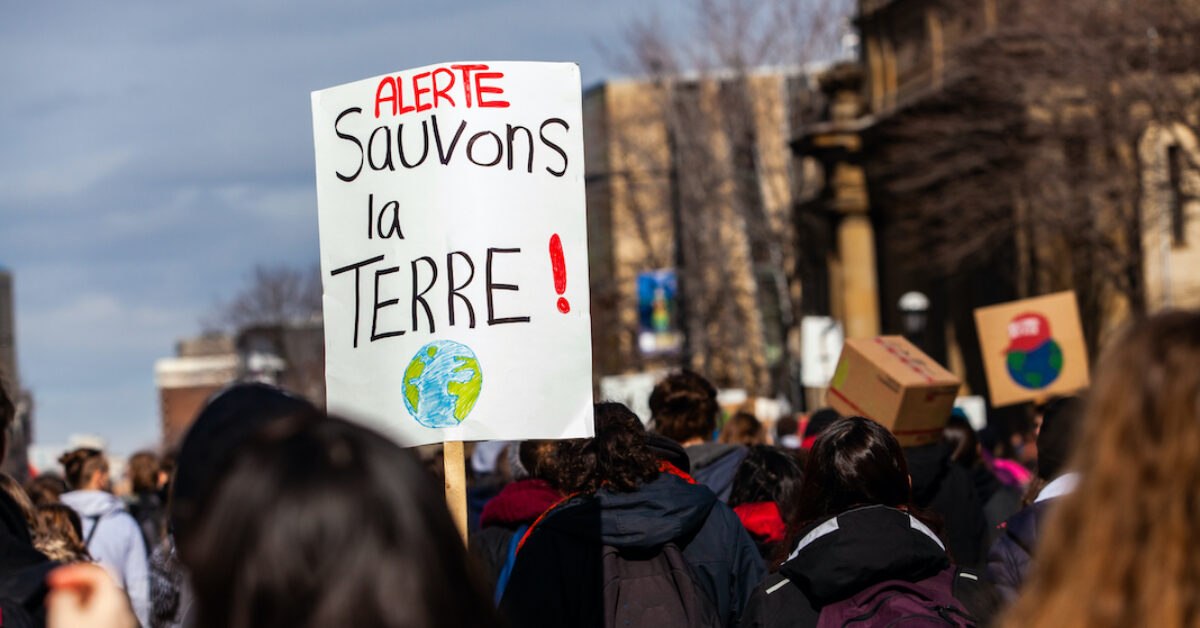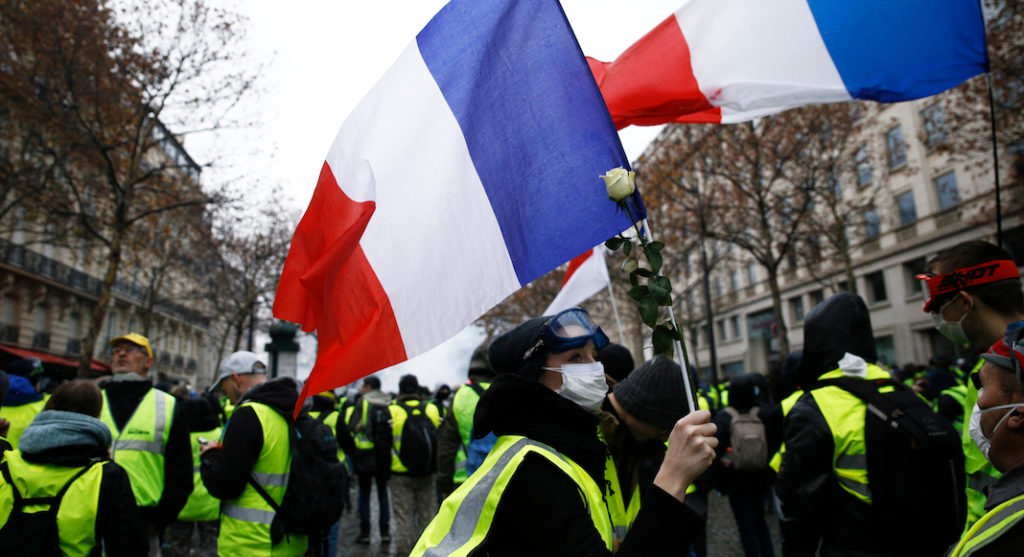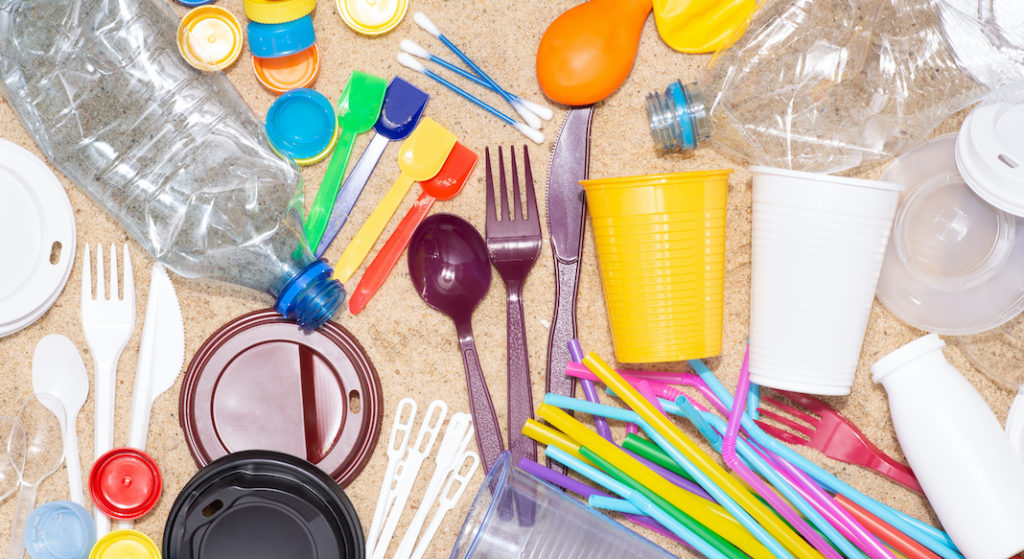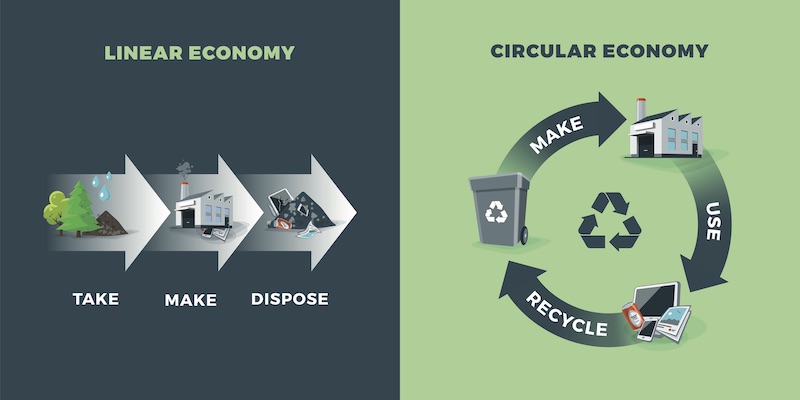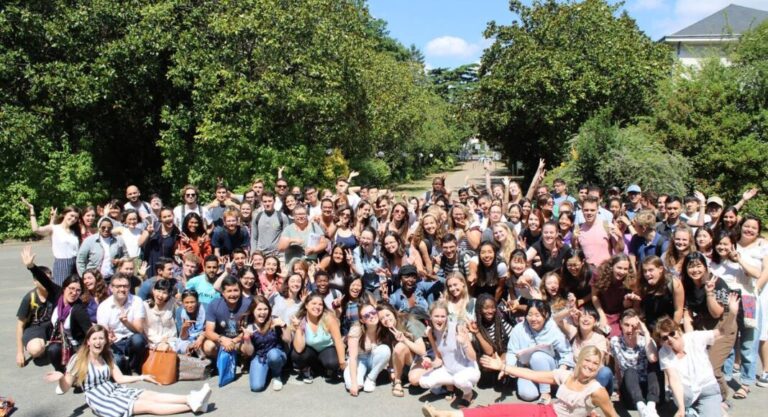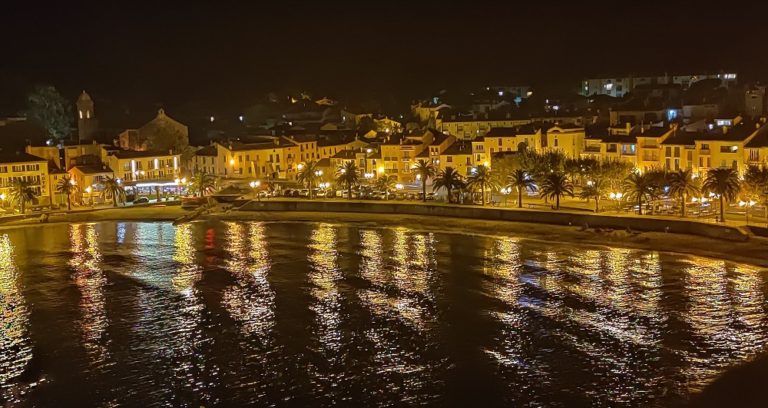In May of 2017, Emmanuel Macron took over the presidency of France on a centrist, business-focused platform. But it was barely a month later that he spoke the words that would come to define his tenure as president (or so he hopes): “Make our planet great again.”
This speech followed the decision by the United States to pull out of the Paris Agreement, an accord signed by members of the United Nations Federal Commission on Climate Change in 2015, which would hold all signees accountable to designated “nationally determined contributions” towards reducing greenhouse gas emissions. In the absence of the United States, Macron has since attempted to brand France as the world leader on fighting climate change.
But, according to a report from June 2019, France has been well behind the goals outlined its own proposal. So what exactly are they doing to fight climate change?
Macron’s first big attempt to curb fossil fuel use in France was a failure so spectacular that we hardly remember that its original intent was global warming prevention. Remember the gilets jaunes? The neon-vested citizens who brought France to a screeching halt with the longest-running protest in France since World War II? Though the movement took on anti-establishment life of its own, the first protests were against a proposed fuel tax that Macron hoped would incentivize French people to use cars less and favor other methods of transportation, like cycling or using public transit.
But rural French citizens balked at the 23 percent price hike in fuel, exclaiming that Macron was such a Parisian elite that he had no empathy for the millions of French people who live in areas where there is no public transportation, and cars are the only way to get from one place to another. The tax was postponed, and the idea swept under the rug as the months of protests continued.
The next idea has gone down a lot better: If the people must be able to get to work, then perhaps they will be willing to give up their party supplies. France announced on December 27, 2019 a twenty-year plan to phase out single-use plastics, starting in 2020 with plastic plates, cups, and cotton swabs.
The next two years will see the elimination of plastic straws, cutlery, stirrers, Styrofoam containers, kid’s meal toys, and even confetti. Water fountains will become mandatory in public establishments, and the deployment of bulk distribution services will require vendors to accept containers brought in by customers. This is an extension of France’s push to achieve a “circular economy,” in which 100 percent of plastic is recycled, by 2025.
In July of 2019, a new climate and energy package was voted into law that commits France to becoming carbon neutral by 2050, with a 40 percent reduction in fossil fuel use by 2030. This law will allow France to impose strict emissions regulations on its four remaining coal-fired power plants, in order to effectively shut them down by 2022.
It will also force France to crack down on one of its greatest sources of waste: the 7.2 million poorly-insulated homes all over France in desperate need of renovation. All those stunning Haussmannian relics might look lovely, but the cost to keep them cool in the summer and warm in the winter can be exorbitant, and many landlords and private homeowners lack the funds to put in the necessary maintenance. Having learned from their past mistake of trying to put the financial burden of reducing carbon emissions on struggling citizens, the French government will offer incentives to building owners to renovate outmoded homes by 2028.
The government will be trimming some of its own fat in the ecological war as well. Civil servants will be rewarded with an annual bonus (€200) for carpooling or cycling to work, and government officials will be doing a lot less jetsetting, switching from airplanes to trains for non-emergency trips under four hours. Monsieur le président himself will even be getting a fancy new hybrid armored car, and all of his ministers will be switching to electric and hybrid vehicles as well. These measures will go into effect in July 2020.
https://www.instagram.com/p/B8gc74TIwfD/
Of course, it’s easy to talk climate change in the middle of a bustling city miles from anything resembling “nature,” so Macron went straight to the scene of the crime in early February 2020, on a visit to Mont Blanc, the tallest mountain in Western Europe, atop which sits France’s largest glacier, the Mer de Glace. The government announced days before Macron’s pilgrimage that the number of visitors to the mountain will be restricted due to pollution left behind by reckless hikers, and that a protected nature reserve will be established around Mont Blanc by the end of the year.
Not all broad environmental litigation is coming straight from the lips of the president, however. In a bold move, in 2019 the French government selected 150 citizens at random to be part of a citizens’ assembly on climate change. This citizens’ assembly has been briefed, in seven weekend sessions over the last several months, by climate experts on matters including fast fashion, housing, and transport. Since Macron addressed the group in January 2020, these everyday folks have been working on proposing concrete strategies to reduce carbon emissions in France. Their polices will be put to parliament, unfiltered.
https://www.instagram.com/p/B9PXWOnC5bT/
After three years of being called “out of touch,” Macron is deciding to, very literally, give power back to the people.
The goals France faces are daunting. A circular economy by 2025? No more single-use plastic by 2040? Zero carbon emissions by 2050? Given the country’s two steps forward, one step back track record, it might be hard to accomplish all of these goals in a way that works for the government, the economy, and the private citizen. But in unimagined territory such as this, trial and error is the only option. And one step forward is better than one on the gas pedal.
Featured image: Stock Photos from Valmedia / Shutterstock

